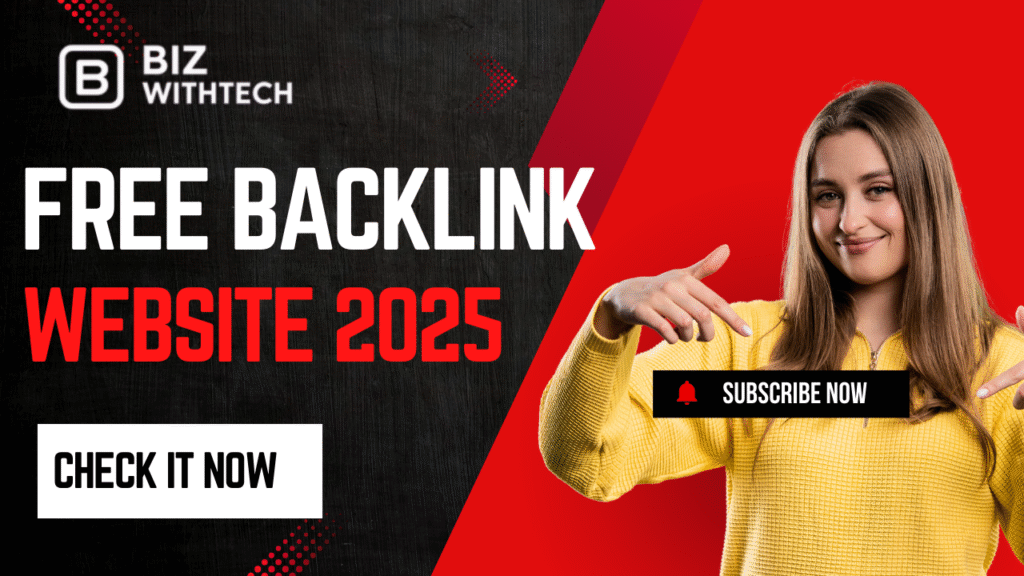Imagine typing “best coffee maker” into Google. You might want reviews to pick a winner. Or you could be ready to buy one right now. That quick search shows hidden needs behind words. Figuring out those needs changes how you create content. It helps your site show up higher and keeps visitors happy longer.
Search intent sits at the heart of good SEO today. Google pushes sites that match what users really want. When your content fits, rankings climb and bounce rates drop. This guide walks you through the basics and steps to spot intent. You’ll get tips for newbies and pros. By the end, you’ll know how to turn queries into traffic gold.
Understanding Search Intent Fundamentals:
Search intent feels like listening in a chat. You don’t just hear words. You catch the why behind them. This section covers the ground rules. It sets up why intent shapes your SEO plan. Think of it as the map before a road trip.
What Is Search Intent?
Search intent means the real goal of a user’s query. It’s not just the words they type. It’s the reason they search. Google sorts these to show the right pages. If you miss it, visitors leave fast. Bounce rates spike when content doesn’t match.
For example, someone types “how to fix a leaky faucet.” They seek steps, not a store link. Start your content ideas with intent checks. Ask what the searcher needs most. This simple habit saves time and boosts fits.
Tools like Google’s own help spot patterns. But even without them, read the query close. Does it ask for info or a sale? That clue guides your page.
The Four Main Types of Search Intent:
Users search for different reasons. Break them into four main groups. Each one needs its own content style.
- Informational intent: People want to learn something. Queries like “what is search intent” fit here. They hunt facts or guides. Your answer should teach clear.
- Navigational intent: Folks aim for a specific site. Think “Facebook login.” They know where to go. Help by linking direct or being that spot.
- Transactional intent: Ready to buy or act. “Buy running shoes online” screams this. Pages with prices and carts win.
- Commercial investigation intent: Comparing before deciding. “Best SEO tools 2023” shows this. Reviews and lists pull them in.
Use Google Keyword Planner to label these early. Tag words as you build your list. Examples make it stick. “What is SEO” pulls blog posts. “Buy SEO tools” draws shops.
Real life mixes them sometimes. Spot the main one to start.
Why Search Intent Matters in 2023 SEO?
Google’s updates focus on users first. Algorithms reward pages that solve real problems. Ignore intent, and you fade in results.
Take E-E-A-T: experience, expertise, authoritativeness, trustworthiness. Google says show these to rank well. Content that nails intent builds trust fast. A study from Backlinko shows intent-matched pages get 20% more clicks.
In 2023, voice search adds twists. People talk natural, so intent shows clearer. Audit your old posts for mismatches. Swap thin info pages for deep guides. This tweak lifts relevance scores.
Tip: Check top results for your keywords. If they sell but you teach, rewrite. It pays off in steady traffic.
Step-by-Step Guide to Identifying Search Intent:
Ready to dig in? This guide gives a clear path. Follow these steps to read user minds. Free tools make it easy for anyone. Apply them, and watch your SEO sharpen.
You’ll repeat this process often. It turns guesswork into smart choices. Let’s break it down.
Step 1: Analyze the Keyword and Query Variations
Start with the word itself. Look at exact terms and close matches. “Running shoes” could mean tips for beginners. Add “best 2023,” and it shifts to shopping picks.
Synonyms tell tales too. “Sneakers” might swap in. Check how people phrase it.
Use Google’s “People Also Ask” box. It shows follow-up questions. Related searches at the bottom reveal branches. For “how to identify search intent,” you see types or tools pop up.
Tip: Jot variations in a list. Group them by goal. This maps the full picture quick.
One search can spark ideas for three content pieces.
Step 2: Leverage SERP Analysis Tools
SERP means search engine results page. It’s the list Google shows. Study it to see what wins.
Free picks like Google Search Console track your own spots. Ahrefs’ free tool gives keyword ideas and top pages.
Scroll top ten results. Blogs mean info intent. Product pages signal buys. Forums point to questions.
Take “best coffee maker.” If reviews top the list, aim for that style. E-commerce sites? Go transactional.
Tip: Snap screenshots of SERPs. Check on phone and desktop. Mobile users skim different, so intent might flip.
This step takes minutes but saves hours of wrong content.
Step 3: Study User Behavior and Metrics
Numbers don’t lie. Look at how people act on your site.
Dwell time shows if they stay. Long reads mean good match. High bounce? Intent missed.
Click-through rates from search tell engagement. Use Google Analytics for this.
Heatmaps from Hotjar show clicks and scrolls. See where eyes go.
For example, if a “buy guide” page gets quick leaves, add more steps. High clicks on tips? Lean informational.
Tip: Set goals in analytics. Track from search to action. Adjust based on what sticks.
This closes the loop. It proves your intent guess right.
Want to learn step-by-step? Watch our video.
Follow along with real examples and practical exercises — watch now.
Common Challenges in Identifying Search Intent and How to Overcome Them
Not every query plays nice. Pitfalls trip up even pros. But you can fix them. This part spots issues and hands solutions. Stay calm; it’s part of the game.
Empathy helps here. We’ve all guessed wrong once.
1. Ambiguous Queries and Multi-Intent Searches
Some words fool you. “Apple” could mean fruit or tech giant. SERPs mix stores and wiki pages.
Break it down. Context clues like location or time help.
For “apple recipes,” it’s food. “Apple stock price” screams business.
Tip: Build content clusters. One pillar page covers main angles. Links branch to details. This grabs wide traffic without confusion.
Test with ads or polls. See what users click most.
2.Evolving Intent Due to Trends and Seasons
Queries change with time. “Gift ideas” booms in December. Summer spikes “beach vacations.”
Google Trends tracks these shifts. Plug in words and watch lines rise.
A brand might trend after news. Intent flips from info to buy.
Tip: Plan quarterly checks. Update old content. For holidays, prep early.
One client saw 50% traffic jump by timing posts right.
3. Cultural and Regional Variations in Intent
Words mean different things places. “Football” is soccer in Europe, not US gridiron.
Location tweaks searches. Urban folks want “quick coffee maker,” rural seek “durable.”
Use Google with VPN or incognito for local views.
Tip: Target by region in tools. Build pages for key areas. Translate if needed.
This keeps your content spot-on worldwide.
Tools and Techniques for Advanced Search Intent Analysis
Got the basics? Level up now. These methods fit pro workflows. Mix free and paid for best results. No need for fancy setups.
Start simple, then add power.
1. Essential Free Tools for Beginners
Google Search is your base. Autocomplete hints at intent. Type “search intent” and see “types” or “examples” suggest.
Google Trends compares words over time. Spot rising queries.
Autocomplete acts like a mind reader. It pulls common follows.
Tip: Scroll SERPs by hand. Note patterns in ten results. Combine for fast insights.
This duo handles 80% of checks without cost.
2. Paid Tools and AI-Powered Insights
SEMrush or Ahrefs classify intent auto. They tag keywords and show competitor wins.
Moz gives domain scores tied to trust.
AI like ChatGPT can mock queries. Ask it to brainstorm intents, but check facts. It’s not perfect.
Tip: Set alerts in tools. Get pings when intents shift.
One study found paid tools cut analysis time by half.
3. Integrating Intent Data into Content Strategy
Map intents to your calendar. Info pages for top funnel. Transactional for bottom.
HubSpot uses pillar pages per intent. They link clusters for flow.
Create personas: “Busy mom searching gifts.” Guide topics from there.
Tip: Review monthly. Tweak based on data. This builds steady growth.
Case in point: A site doubled conversions by intent mapping.
Conclusion
Spotting search intent boils down to a few key moves. Analyze keywords, check SERPs, and watch user stats. These steps align your content with real needs.
Always kick off with SERP peeks. Adapt as trends change. Test pieces against metrics for proof.
Intent drives organic visits and sales. Miss it, and you lose out.
Pick one keyword today. Audit its intent. Track changes over a month. You’ll see the lift. Start now, and own your SEO edge.




